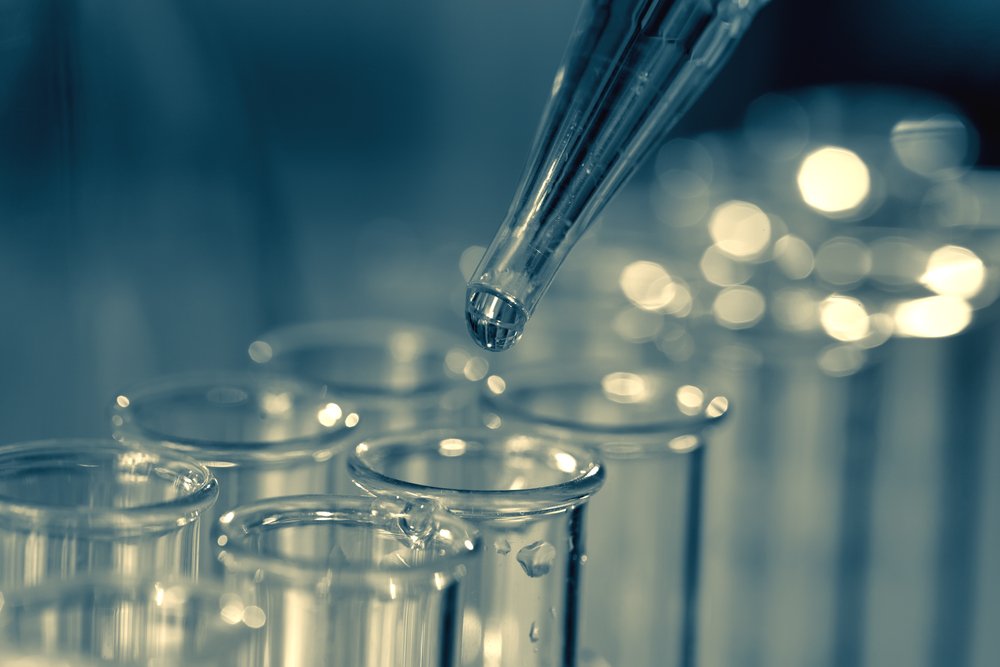

Though culturally we tend to think of infertility as a woman’s issue, it’s as likely to occur in men as in women. Because of this, one of the first tests your doctor will order is a sperm analysis. The test will reveal many things about sperm health, including concentration (count), motility (its ability to move as it should) and morphology (the size and shape of the sperm), all of which are critical to conceiving.
The sperm analysis will give you information on the health status of your sperm, and your doctor will use the information to make recommendations for improving fertility. If the results are abnormal, your doctor will likely recommend further testing to determine the underlying cause and develop an appropriate treatment plan. Some treatments are relatively minor, like exercising more and modifying your diet. Sometimes medication or surgery may be required.
Here we’ll tell you what you can expect of the process, what the results may indicate and what the next steps will be.
What exactly are they looking for?
If you’re here because your doctor has ordered a sperm analysis, you’re in good company. It isn’t talked about much, but 30-50% of couples experiencing infertility experienced what is called “male factor” infertility, or infertility rooted in a man’s physiology. If you’ve been trying unsuccessfully to conceive for at least 6 months (12 months for women under 35), a sperm analysis can shed insight on the problem.
There are three main things your doctor will look for:
- Concentration. A normal count will have at least 15 million sperm per milliliter of semen. A lower sperm count (oligospermia) may explain difficulty with conceiving. It seems incredible, given that only 1 sperm is needed to fertilize an egg, but the vast majority of sperm will never even make it into the fallopian tubes for a chance at fertilization. Producing a high number of high quality sperm (see #2 and #3) is essential to fertility.
- Motility. In order to fertilize an egg, a sperm has to go on a long journey up the female reproductive tract. They travel up past the vagina (where many sperm die due to the acidic environment), the cervix (where cervical mucus traps abnormal sperm), up through the uterus (where sperm must survive a white blood cell attack and successfully “surf” uterine contractions) to reach the fallopian tubes. To succeed, a sperm must be both fast and able to propel itself forward. About 50% of a sperm sample should be motile (not all will be forward-moving).
- Morphology. A sperm is made up of a head and tail. Abnormally shaped sperm (including abnormal head shapes, and missing, short or coiled tails) may have greater difficulty reaching the egg and penetrating it. At least 4% of sperm should be normally shaped.
Your semen analysis will also give other valuable information regarding sperm health and fertility. These include:
- Volume. One sample should contain at least half a teaspoon of seminal fluid. Less than that may indicate a blockage in the vessels.
- Liquefaction Time. Fresh ejaculate is typically thick, about the texture of gel and then liquefies. Liquefaction is a measure of the time it takes for the sample to go from “gel” to “liquid”. Ejaculate that takes a long time to liquify (more than 30 minutes), or doesn’t at all, may negatively impact fertility.
- PH level. The PH level should be right in the middle (7.1-8). Too alkaline or too acidic can affect sperm’s movement and egg penetration abilities, or kill it completely.
{{cta(‘b9a5bea7-76d3-47e8-a891-3cc84a66d0e7’)}}
How is my sample collected?
Typically your doctor will ask you for a sample at their office. Not unlike what you’ve seen in the movies, you’ll go into a private room and produce a sample in a cup. Some clinics do give the options to produce a sample at home, provided you follow specific instructions and bring it to the office within a certain time frame. Ask your doctor about your options.
Leading up to this, you’ll be asked to abstain from sex/masturbation for several days prior to the test, to avoid alcohol, coffee and caffeine, and to follow a few other guidelines so that you give the highest quality sample you can. Factors like caffeine, alcohol, stress and lubricants can impact the quality and perhaps provide a false impression to your doctor. Also for this reason, your doctor may ask for two samples, provided weeks apart.
What if my results are abnormal?
It always feels a little scary to have any test results return “abnormal.” The good news is that sperm health can often be improved relatively easily. For blockages and infections, medical procedures and medications can help. Your doctor will order further testing to determine the exact cause and treatment.
In cases where sperm quality is the culprit, lifestyle often plays a large part. Alcohol, caffeine, non-prescription drugs, minimal exercise, poor quality sleep and high stress are all factors shown to negatively impact sperm health and production. This is especially true if you choose IVF. Research has also shown that even a few beers a week can impact IVF success.
Sperm quality can also be impacted by structural and physiological abnormalities in the male reproductive system. For example a low sperm count may stem from an enlarged vein(s) in the scrotum, which can be surgically repaired. In other cases, a structural issue can block semen and sperm. These blockages can be congenital, or be caused by an infection or prior surgical procedure. Often a block can be removed without contributing to long-term infertility.
Other factors include age (especially men over 50), endocrine disorders, history of cancer or testicular disease and current/previous STI status (some STIs, like gonorrhea and chlamydia can cause infertility in men).
In short, abnormal results are not an immediate concern. After some more tests, your doctor will set you up with a treatment plan or referral to help you achieve your family goals.
{{cta(‘6f44aa47-afd0-4cb6-a8b0-1c4ad978fc46’)}}
Improving sperm health
If you’ve been trying to conceive without success, and especially if you’ve received abnormal results on your sperm analysis, your next step may be to cut some things out of your lifestyle. Sperm are affected by your environment. If you think you feel fine, your sperm may tell a different story. Try cutting out the following for 4 months (the approximate amount of time it takes for sperm to generate) and see how quality improves:
- Alcohol. Alcohol can reduce testosterone and sperm production, and cause impotence. It’s been shown to impact fertility. If you can’t commit to cold turkey, commit to 4 drinks or less per week.
- Smoking. Smoking brings a host of negative health effects that can impact fertility, including lower sperm count.
- Some kinds of exercise. For the next few months, avoid exercise that can raise scrotal temperature–like the sauna, for example, or topping off a workout in the jacuzzi. Replace biking with jogging or other moderate activity. Exercise is great for sperm health, but intense physical activity can do more harm than good. Whether that’s due to temperature, added stress hormone or scrotal damage is yet to be determined conclusively.
- Chronic stress. Stress if a part of life, especially when trying to conceive. Your job right now, however, is to manage it. Find an activity that brings you calm and engage in it. Learn box breathing (breath in for 4 counts, hold for 4, release for 4, pause for 4) for when you’re really stressed. List out your responsibilities and worries before bed each night so you can get a good night’s sleep. Stress tells your body that procreation is not a priority. If it is your priority, deep breathing is a good place to start.
Think of your sperm analysis as a window into your health. The better your health, the better your sperm quality. If your health isn’t where you want it to be, work with your doctor to make some lifestyle changes, and talk about your assisted reproductive options.
{{cta(‘8c9f7424-3e5a-436d-bf7d-e431640a6b1e’)}}




